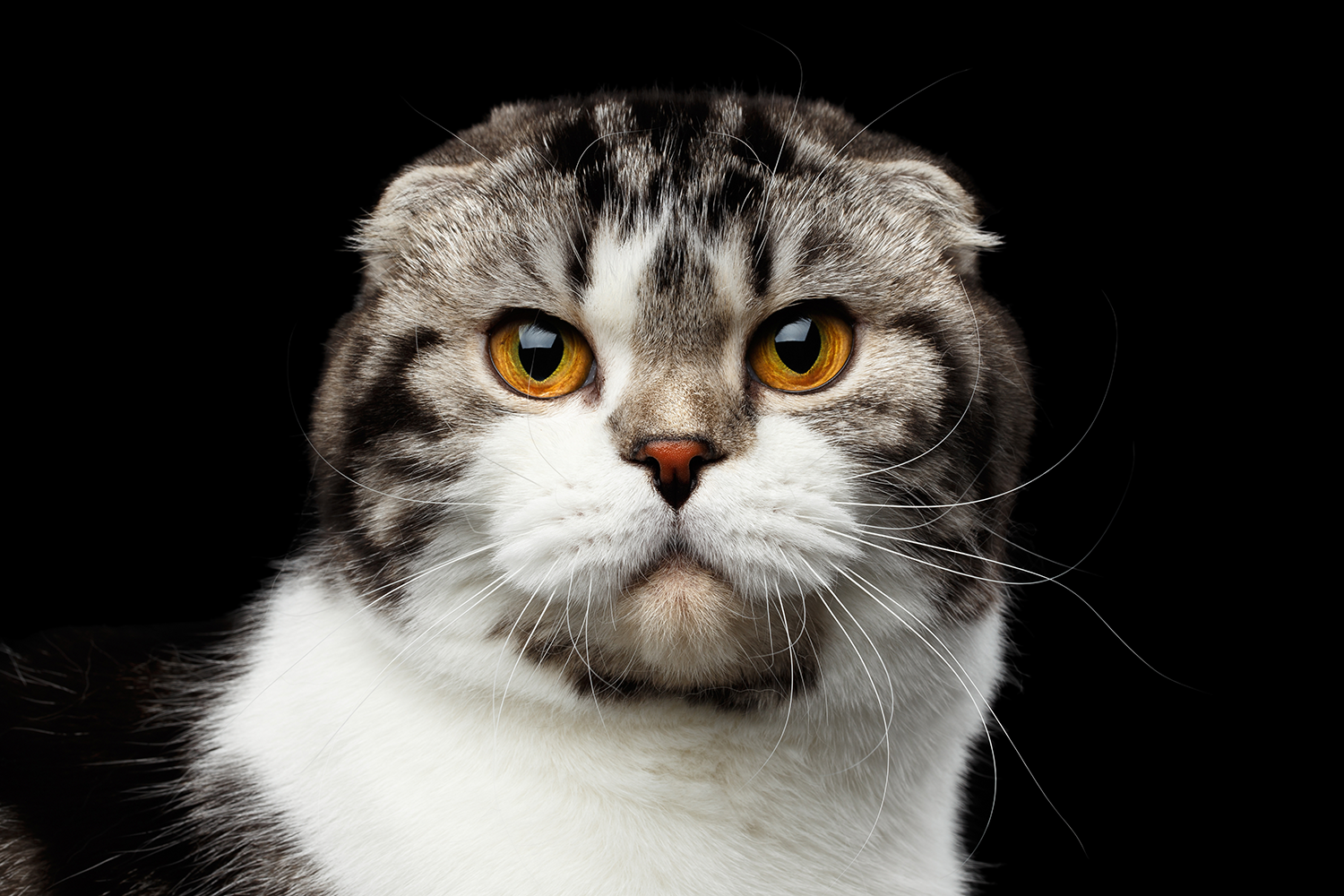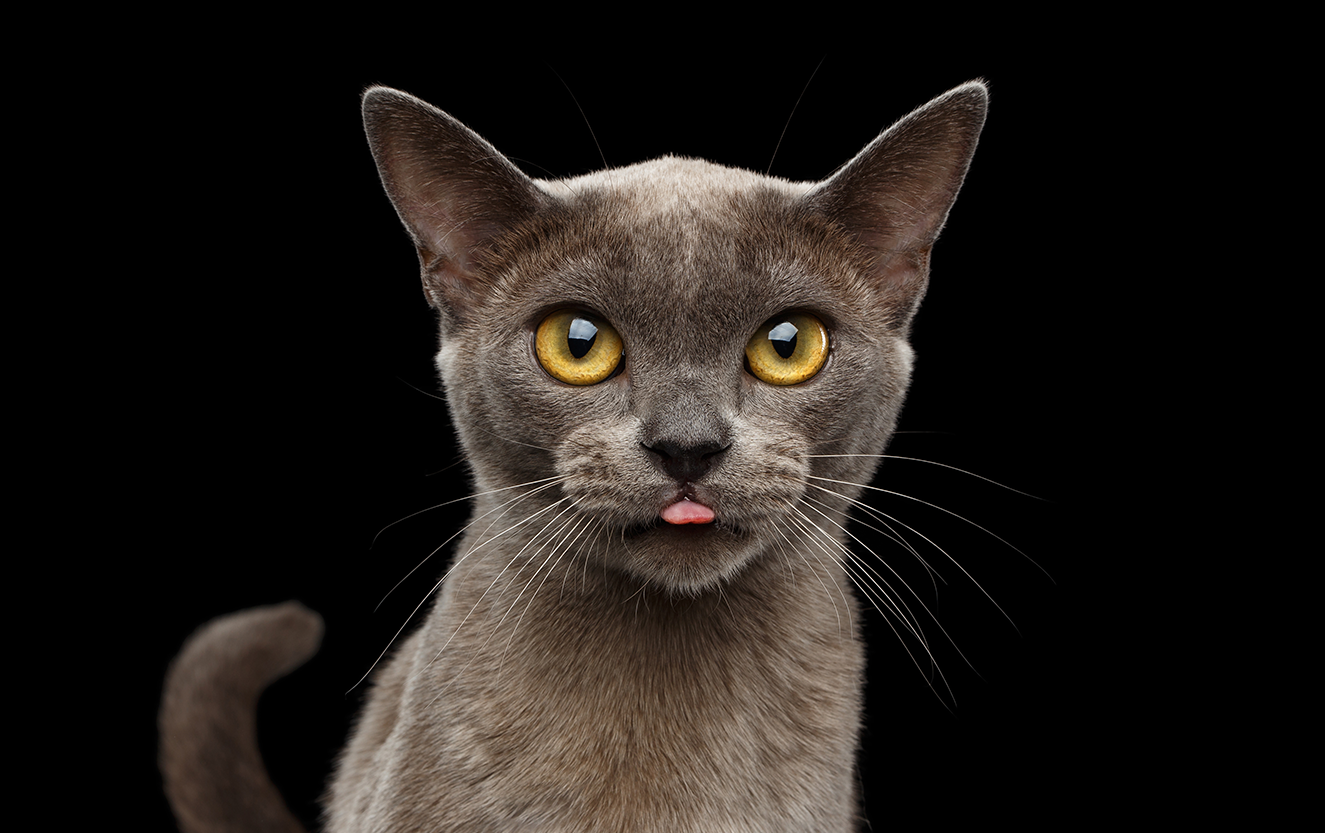Pancreatitis in cats
Pancreatitis in cats – a hidden problem
Pancreatitis is a difficult disease to diagnose in cats. The signs are non-specific (eg lethargy, reduced appetite, vomiting and diarrhoea) and it can occur together with other conditions such as liver and gallbladder disease, inflammatory bowel disease, diabetes and even rat sack poisoning.
Let's look at pancreatitis and what you can expect if your cat is suspected to have the condition.
What is the pancreas?
The pancreas is a relatively small, pale pink glandular organ that sits alongside the duodenum (upper small intestine) and the stomach.
It makes hormones (such as insulin and glucagon) that go into the bloodstream and regulate blood glucose. And it makes enzymes that end up in the duodenum, where they digest food. So, the pancreas is part endocrine organ and also part of the digestive system.
Let's take a quick tour of the digestive system so we can better understand how the pancreas fits in.
The pancreas and digestion
So your cat takes a mouthful of food...
The food is 'chewed' and mixed with salivary enzymes. The food is moved to the pharynx, where it is swallowed. Swallowed food moves down the oesophagus and within seconds enters the stomach.
In the stomach, the food is broken by both stomach movements and the stomach juices. Once the food is mooshed up enough, it can enter the small intestine.
The first part of the small intestine is the duodenum. Here the food is further broken down and digested by enzymes that come from the pancreas. The pancreatic enzymes enter the duodenum via the pancreatic duct, which often joins the common bile duct from the liver. As the digested food moves along to the lower small intestine, nutrients are absorbed.
Then finally everything moves into the large intestine (colon) where water is absorbed and stools are formed and stored before being eliminated.
Now back to those pancreatic enzymes...
The pancreas makes inactive (harmless) forms of the enzymes. The enzymes need to be activated to work (ie digest food) and activation should only happen within the intestines, where it can be done safely and no damage any tissue.
But sometimes things go wrong and activation can happen in the pancreas itself. If this happens, the enzymes basically treat the pancreas like it's food and digest it. Ouch! Not good.
What is pancreatitis?
Anything with 'itis' on the end means inflammation. Pancreatitis is inflammation of the pancreas. It occurs when the pancreatic enzymes are activated within the pancreas. If this happens, the enzymes digest the pancreas itself.
This 'auto-digestion' of the pancreas causes tissue destruction and release of inflammatory toxins. These can rapidly affect nearby organs and tissues (eg small intestine, stomach, liver and body fat). If the inflammatory get into the circulation, organs and tissues further away (eg kidneys, lungs, brain)can also be damaged.
Not all pancreatitises (not a word) are the same. It can be acute (resolves completely) or chronic (grumbles along with some flare ups). It can also be mild or severe.
Cats more commonly get chronic pancreatitis, whereas dogs tend to get acute pancreatitis. The severity varies a lot.
What causes pancreatitis?
In most cases of feline pancreatitis, we don't know what's caused it.
We do know some of the possible risk factors, including:
- disrupted blood supply (ischaemia) to the pancreas – which can be associated with lots of things including drops in blood pressure and tiny blood clots
- trauma – like being hit by a car, kicked or falling from a height
- infection – things like feline parvovirus, toxoplasma, herpes virus and feline infectious peritonitis have been implicated in feline pancreatitis
- toxicity – such as accidental application of an organophosphate flea treatment (labelled for dogs, not cats)
- inflammatory bowel disease (IBD) – the theory is that abnormal intestine allows overgrowth of bacteria, which go up the pancreatic duct into the pancreas and trigger pancreatitis
- drugs – as yet there are no drugs that are proven to cause pancreatitis in cats, but drug-induced pancreatitis occurs in people and dogs, it could happen in cats too
If you're familiar with pancreatitis in dogs, you'll know that fatty food is considered a common cause. But the role of diet in pancreatitis in cats is unclear. There is no evidence that feeding a high fat diet causes pancreatitis in cats. Diet modification may be important in the management of pancreatitis in some cats.
What are the signs of pancreatitis?
The signs of pancreatitis in cats tend to be vague. They include:
lethargy
- not eating
- dehydration
- fever or more commonly a low body temperature
- vomiting (occurs in about 1/3 of cats with pancreatitis)
- abdominal pain
- diarrhoea
- laboured breathing (if the lungs become affected)
- loss of coordination (if the brain is affected)
Some cats may only have one or two of these.
Because pancreatitis can occur concurrently with other diseases, we might see signs of these such as jaundice (with liver and biliary disease) or increased drinking and weight loss (with diabetes).
How is pancreatitis diagnosed?
Given the non-specific nature of the signs, the diagnosis of pancreatitis in cats is made by a combination of:
- clinical suspicion
- abdominal ultrasound
- blood testing
To determine the type of pancreatitis present, we really need to get a sample of the pancreas itself (via needle biopsy or surgical biopsy).
Abdominal ultrasound
Abdominal ultrasound is the most sensitive (non-invasive) tool we have for diagnosing moderate to severe pancreatitis in cats. Findings of pancreatitis include:
- enlargement of the pancreas
- change to the texture of the pancreas and the surrounding tissues
- free fluid in the abdomen
Mild pancreatitis can be more challenging to diagnose, with only subtle changes present. Fortunately, we can get very clear and detailed images with our machine, so we can usually pick up these subtle changes.
Blood testing
When we suspect pancreatitis, we usually take a blood sample for routine testing and special testing.
There is no parameter in routine bloods that will help us diagnose pancreatitis (this is unlike the case in dogs where amylase and lipase levels can provide clues). But we need to look for an alternative cause and for concurrent disease.
There are two special tests that have been developed to detect feline pancreatic lipase immunoreactivity (fPLI). One is an in-house screening test that provides a 'yes' or 'no' result. If this test is positive, your cat may have pancreatitis but we need to do the other special test or do an ultrasound. The other test is run in an external laboratory and provides a numeric value and is more accurate. With both of these tests, a normal result doesn't completely exclude pancreatitis, particularly mild disease.
When we do the special tests, we use the more accurate one that needs to be sent away. But we tend to use ultrasound more than blood testing because we can get immediate results and see what else might be going on.
How is pancreatitis treated?
There's still a lot we don't know when it comes to the best treatment of pancreatitis in cats (or in people for that matter!) Much of what we do is supportive rather than specific.
Treatment depends on the type of signs and severity of the pancreatitis and what other issues are present (eg liver disease, kidney disease, IBD).
The key components of supportive therapy are:
- ensuring hydration and good blood pressure – this often takes the form of intravenous fluids (with electrolyte supplementation)
- pain relief – cats are good at hiding pain, so we need to always assume that pain is present and treat it appropriately (pain causes disease and prevents healing)
- nutritional management
Additional therapies may include some of the following as needed:
- non-steroidal anti-inflammatories (NSAIDs) to reduce inflammation and reduce pain (these are avoided if your cat is dehydrated or has kidney issues)
- anti-nausea medication (we typically use maropitant, which may have additional pain relieving properties and/or mirtazapine, which can stimulate appetite)
- antacid medication if there is evidence of gastric ulceration
- hypoallergenic diets if IBD is involved
- antibiotics
- pancreatic enzymes
- vitamin B supplementation – if the pancreas is unhealthy it doesn't make a thing called 'intrinsic factor' that is needed for vitamin B12 absorption from the diet (deficiency can cause anaemia)
- corticosteroids for certain inflammatory diseases
We don't fast cats with pancreatitis. In fact, we encourage eating as it's important in the prevention of a condition called hepatic lipidosis (fatty liver due to starvation). But instead of the bland, low-fat, high-carb diets we recommend for dogs, in cats, we avoid carbs and look to provide calories with protein and fat.
What's the prognosis?
This depends. Cats that survive an episode of acute pancreatitis tend to go on and live a normal life. Chronic pancreatitis is not usually life-threatening but can wax and wane for years, requiring either intermittent or long-term medication.





